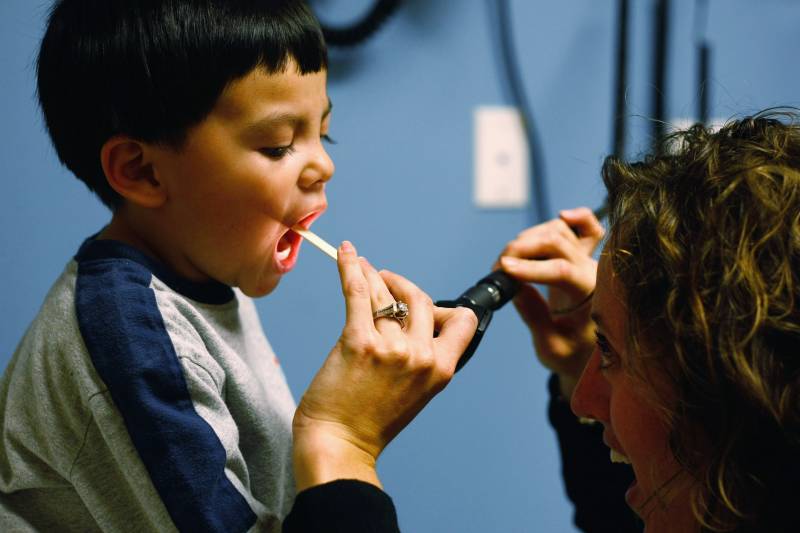Premiums for health insurance sold through the state marketplace will increase by nearly 10% next year, the highest rate hike since 2018, Covered California officials announced Tuesday.
The projected 9.6% hike is the result of a “complicated time for health care,” Covered California Executive Director Jessica Altman said during a media briefing, but many Californians will be shielded from the increases as a result of federal and state financial assistance.
About 90% of enrollees qualify for some type of federal or state financial aid and 20% will see no change in their monthly premium, officials said. About 1.6 million Californians turn to the marketplace for health insurance, which offers plans that cost as little as $10 a month.

